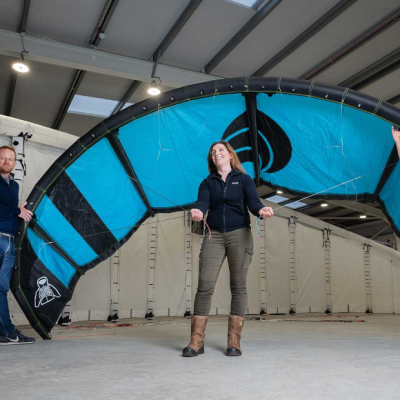The Kepler Conjecture, proposed by German astronomer and mathematician Johannes Kepler in 1611, states that there is no more efficient way to stack spherical objects than in a pyramid shape. This arrangement maximizes the density of the structure while maintaining stability. For over 400 years, this theory remained unproven until Thomas Hale, a professor at the University of Pittsburgh, presented a formal proof in 1998.
Hale’s proof was the result of a case study that began in 1996 and involved over 150 variables and 100,000 linear optimizations. The submission, which included over 250 pages and three gigabytes of computer data, was reviewed by a panel of 12 experts who concluded that the formal proof was 99% correct. However, the correctness of the computer-generated data could not be verified.
Despite this limitation, Hale was promised a “mathematical theorem” for his achievement. In January 2003, a joint project was launched to provide the missing pieces of the proof. Finally, in August 2014, Hale was able to confirm the correctness of the computer-generated results through another round of computer calculations.
The Kepler Conjecture has significant implications for fields such as physics, chemistry, and engineering, where the efficient packing of spherical objects is essential. Hale’s proof has provided a formal basis for this theory, which has been a subject of fascination for mathematicians for centuries.










